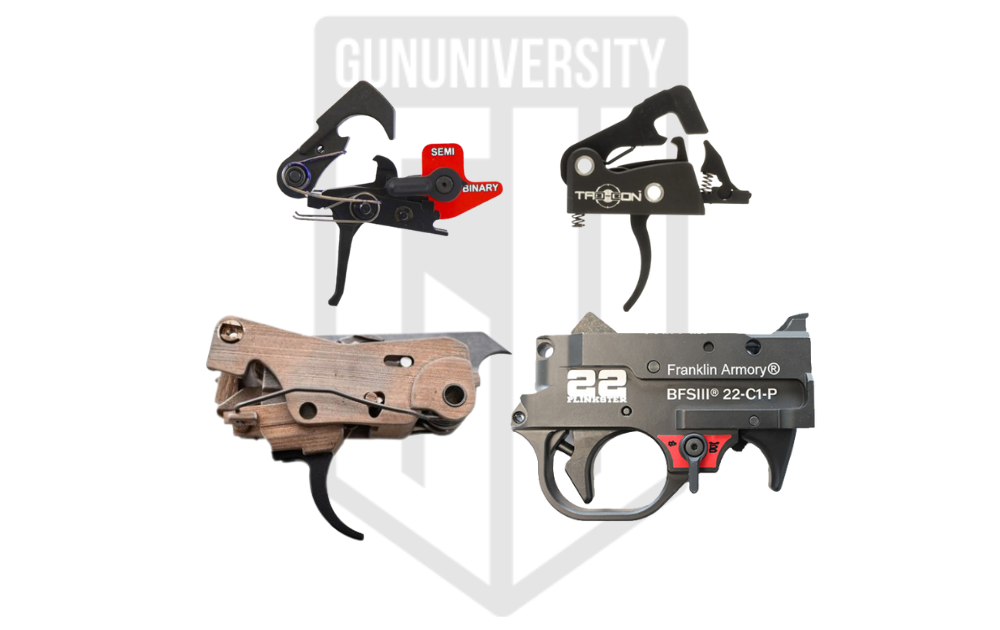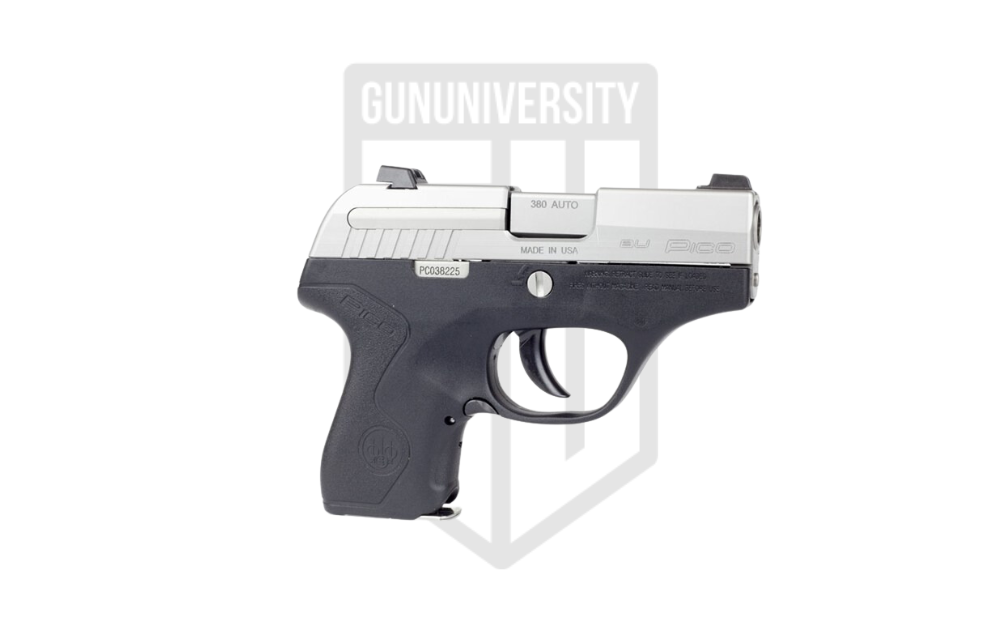Gun Facts that Every Journalist Should Know About Firearms
There are a few common firearm misnomers and misunderstandings of gun functionality or gun laws that seem to plague conversations and reporting about firearms (especially in the media). This article is intended as a reference guide of gun facts that anyone writing about or commenting on guns should understand.
Journalists, politicians, and pundits shouldn’t be expected to know the minutia about every single topic. However, before commenting on (or worse, suggesting legislation on) firearms, a few basic facts should be understood. Included in this article are some brief explanations of certain topics relating to firearms as well as common blunders that you should be aware of and avoid.
There are three main reasons for this:
- First, understanding how firearms actually work and/or the laws that are currently in place may shape your opinion about firearms.
- Second, if you are writing to appeal to a crowd that understands firearms and you get one of these basic facts wrong, you will lose credibility in the rest of your position.
- Third, without knowing these basic facts, you might run afoul of gun laws yourself! (see Karen Mallard making an illegal firearm)
This list will grow as questions/comments are added below.
In This Article, We’ll Explore:
Common Firearm Misnomers
- Gun Magazine vs. Clip
- AR does NOT stand for “Assault Rifle”
- Bullet vs. Cartridge or Ammunition
- Semi-Auto vs. Full-Auto
What is the Difference Between a Gun Magazine and a Clip?
Simply, a magazine feeds ammunition into a firearm whereas a clip feeds ammunition into a magazine.
Let’s explore this a bit further – this is perhaps the biggest firearm faux pas.
Here are the dictionary definitions of a magazine and a clip as they relate to firearms:
A magazine is “. . . a supply chamber: such as . . . a holder in or on a gun for cartridges . . . to be fed into the gun chamber.” [1]
A clip is “. . . a device to hold cartridges for charging the magazines of some rifles.” [2]
Therefore, if the device is used to load cartridges (ammunition) into the chamber of a firearm (where the round of ammunition is located when it is “fired”), then that device is a MAGAZINE.
There are numerous types of firearm magazines that can be broken down into two main categories: internal/fixed and detachable.
Internal/fixed magazines are a fixture of the firearm. They may be removed upon disassembly of the firearm but the gun is not intended to operate with, nor be reloaded by, a dissembled magazine. These magazines have a fixed-capacity and the two most common types are the internal box magazine (common on bolt-action firearms) and the internal tubular magazine (common on shotguns and lever-action rifles).
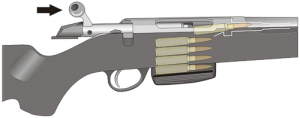

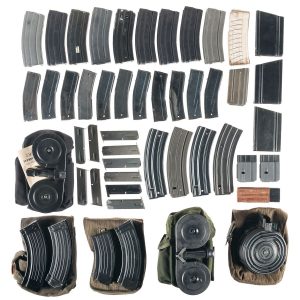
Detachable magazines are intended to be removed and replaced by a loaded magazine. Examples of detachable magazines are pistol magazines (which generally are inserted into the grip of a pistol), detachable box rifle magazines (most AR-15 or AK-47 style rifles), and drum magazines (which are the least common and least reliable).
NOTE: The capacity of a magazine determines how many round of ammunition can be fired before reloading and inserting a fresh/loaded magazine. It is incorrect to refer to the capacity of a firearm that takes detachable magazines: the firearm has no particular capacity, it is the particular magazine being used that determines capacity.
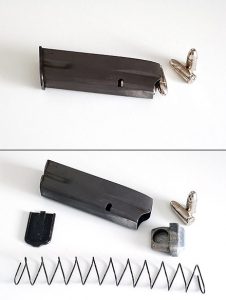
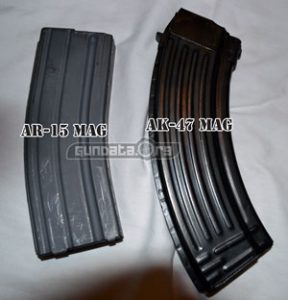
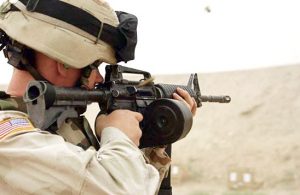
Clips are devices used to load magazines and are very rare.
The best examples of clips are enbloc clips from a WWII rifle, the M1 Garand, which held 8 rounds of ammunition together to feed into the rifle’s internal box magazine and stripper clips which hold ammunition until the shooter slides the rounds out of the clip and into the magazine (internal or external).
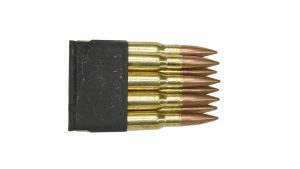
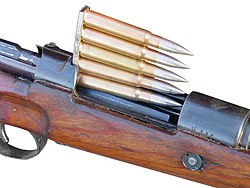
The “AR” in AR-15 Does Not Stand for Assault Rifle

It is easy to understand how this mistake is made: Many people (incorrectly) refer to an AR-15 as an “Assault Rifle” and the term AR-15 includes the letters “AR.”
However, the “AR” in AR-15 does NOT stand for “Assault Rifle”. . . those letters are for “Armalite Rifle.”
This is because the company Armalite is the inventor and original manufacturer of the rifle.
First, they came out with the AR-10 which is a rifle similar in function to the AR-15 but it is bigger, heavier, and fires a larger projectile. A smaller and lighter rifle was desired to they continued to tweak the design until they cam up with the AR-15. Each of their rifles was referred to as Armalite Rifle – [number].
From Armalite [3]:
“The AR-1 was one of the first rifles produced at Armalite’s location in Hollywood, CA, and paved the way to the development of the AR-10. All rifles were designated AR, short for Armalite Rifle. Shortly thereafter, Armalite submitted the AR-5, .22 Hornet Survival Rifle to the U.S. Air Force as a replacement for their then-standard survival rifle.”
“Bullet” is Not Synonymous With Cartridge Nor Ammunition
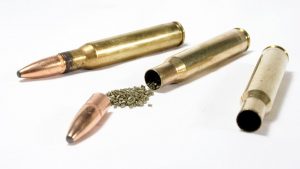
Ammunition refers to the loaded combination of a bullet, cartridge case, gun powder, and primer.
Each of the components of ammunition are loaded together into one cartridge. This is why ammunition (or ammo for short) is sometimes referred to as a “cartridge of ammunition” or simply a “cartridge.” Also, the term “round” or “round of ammunition” is also sometimes used.
Note that only ONE of the components of a complete cartridge of ammunition is the bullet.
The firing pin of a firearm strikes the primer which, acting as a percussion cap, ignites the gun powder. The gun powder burns rapidly and significantly increases pressure within the cartridge case until the bullet is propelled down the firearm’s barrel (much like a cork our of a champagne bottle).
The bullet is what flies through the air from the firearm to the target.
The gun powder is burned and consumed upon firing (resulting in some smoke, often a muzzle-flash, and the resulting gun shot noise).
The cartridge case and the primer extracted from the chamber and ejected from the firearm.
PLEASE tell your graphics department: only the bullet (the tip) flies through the air. The bulk of the cartridge (the case) does NOT.
To complicate things slightly, under federal law, each component of a cartridge of ammunition is considered to be “ammunition.” Therefore, legally a lone bullet, or even an empty cartridge case for that matter, are each independently considered ammunition under federal law and may not be possessed by prohibited persons. So, a bullet, as a component of a loaded cartridge of ammunition, can be “ammunition” under federal law but ammunition is not necessarily a bullet.
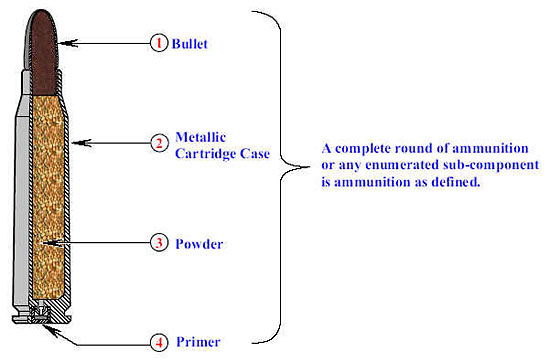
Semi-Auto Vs Full-Auto Firearms
Semi-Automatic and Full-Auto are NOT the same thing!
When a firearm is semi-automatic, it means that the firearm fires a bullet once for each single pull of the trigger without the need to manually operate the firearm’s action.
Manually operating the firearms action refers to things like pumping a pump-Action shotgun (the ka-chunk sound comes from sliding the fore-end in between shots to cycle the action) or operating the bolt on a bolt action rifle.
A semi-automatic firearm uses either the recoil energy of the previous shot or the gas pressure from the previous shot to operate the action.
“Operating the action” includes extracting the empty casing from the chamber, ejecting the empty casing, cocking the firing mechanism, feeding the next round of ammunition from the magazine, and locking it into the chamber.
A fully-automatic firearm, on the other hand, continues to fire ammunition for as long as the trigger is held to the rear by the shooter. Fully-auto firearms are sometimes called “machine guns” and are highly regulated. For example, a civilian (non gun dealer or non gov’t/LE) may not possess a fully-auto firearm made after 1986 and for those manufactured before 1986, there are significant taxes, background checks, and approval waiting periods. Learn more about machine gun legality.
A civilian-grade AR-15 is semi-automatic whereas a military-grade M-16 can be full-automatic.
SUMMARY: Semi-auto is one bullet for every single trigger pull. Full-auto is continuous fire for one trigger pull.
Please stop calling “scary looking” rifles “machine guns.”
1 – https://merriam-webster.com/dictionary/magazine
Recent Posts
July 26, 2024
July 26, 2024
July 25, 2024

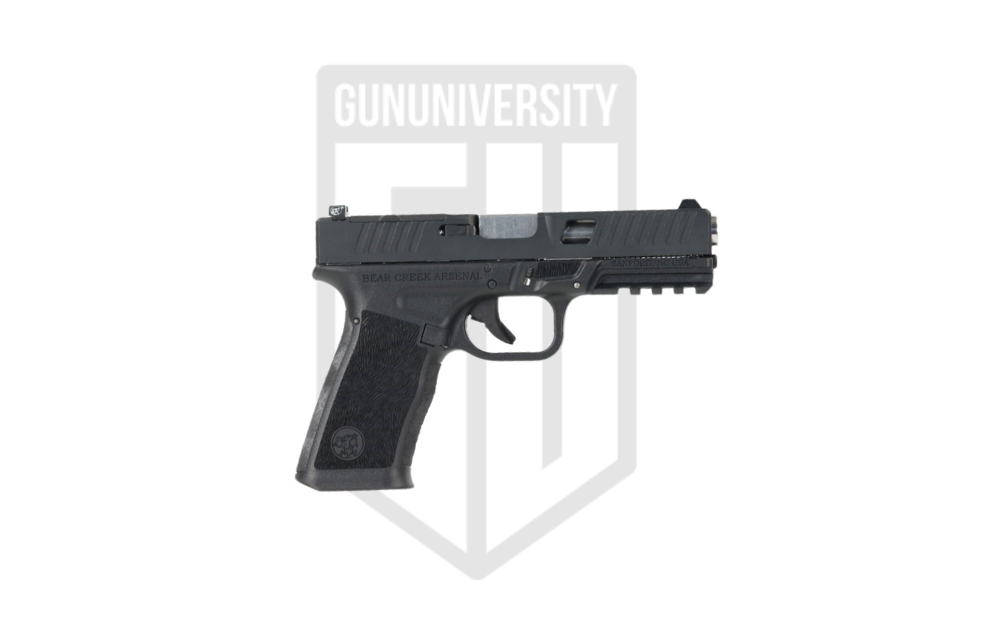
![The Best Shooting Hearing Protection in 2024 [Tested]](https://gununiversity.com/wp-content/uploads/2021/09/best-shooting-hearing-protection.jpg)
